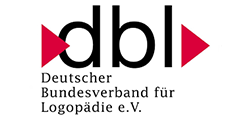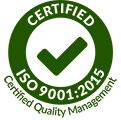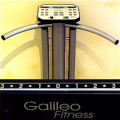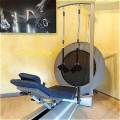The name PhilPaso is a neologism and means the path (el paso) of Philipp. Philipp is the son of Dr Klaus Berndsen and Sabine Berndsen. He was born in 1991 with cerebral palsy and, according to the “experts”, was never able to learn to walk. For several years, the boy persistently but unsuccessfully underwent numerous treatments in Germany and other countries around the world. In order not to give in to resignation, his parents began to develop special training devices for acquiring complex running movements and patented their mechanisms. After intensive training on the equipment, Philipp took his first independent steps at the age of 9. Based on their experience and the patented equipment, they gradually developed their best training device. They called it PhilPaso because the device paved the way for their son Philipp to learn to walk. Numerous other patients have since benefited from this method. Due to the very high development costs, it has only now been possible to develop a stable device for professional use that can be used without constant technical corrections.
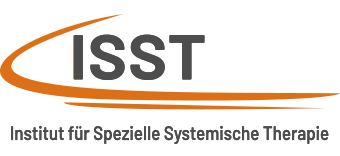
![philpaso-logo-01-w[1] PhilPaso - Neuropysiological Controlled Motion](https://isst-unna.de/wp-content/uploads/2024/02/philpaso-logo-01-w1.jpg)
![philpaso-10-w[1] Patententiertes System zum Trainieren der Geh-, Lauf-, Fußabrollbewegung](https://isst-unna.de/wp-content/uploads/2024/02/philpaso-4.jpg)
![pb-01[1]](https://isst-unna.de/wp-content/uploads/2024/02/pb-011-240x320.jpg)





